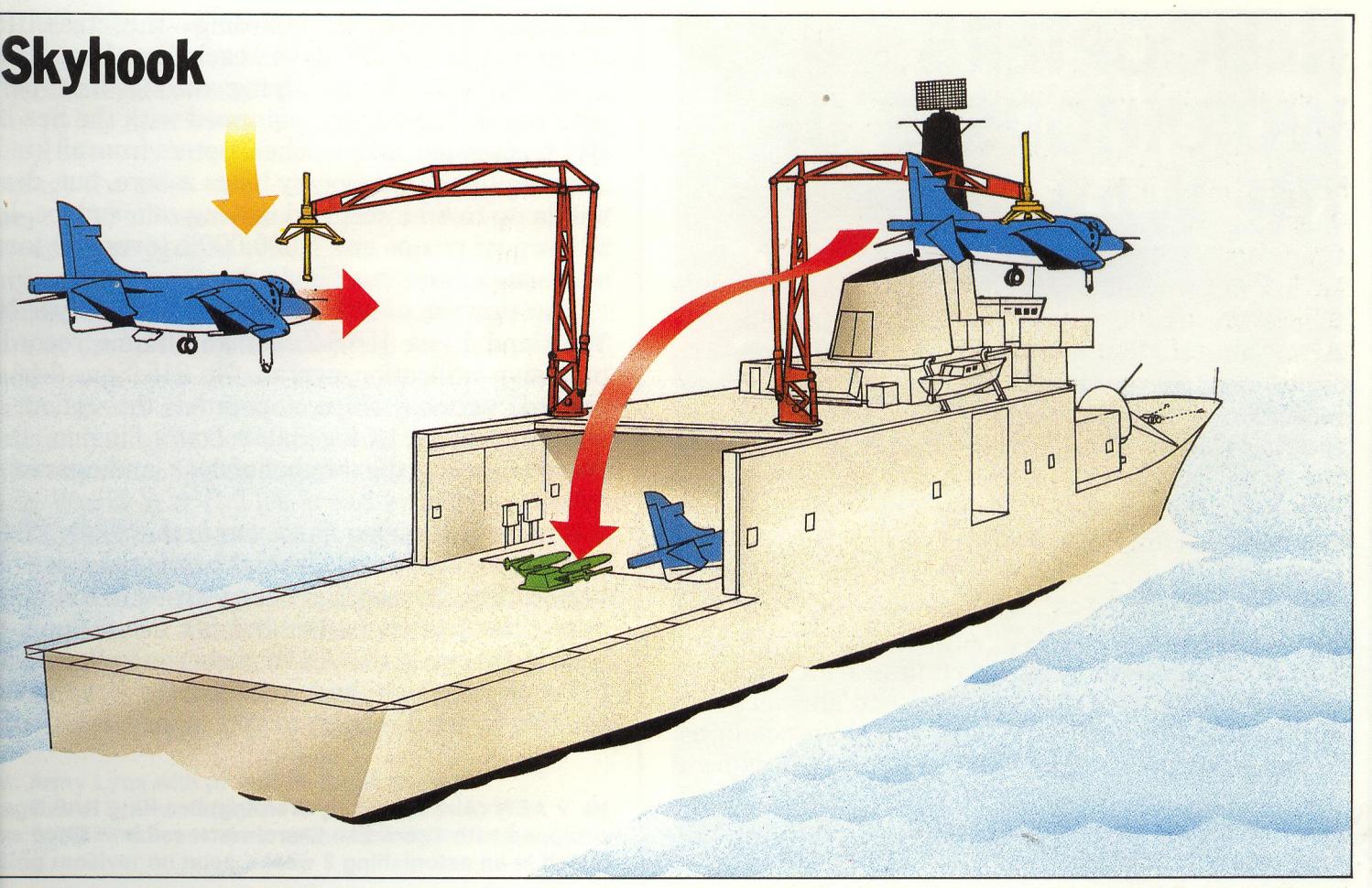Condottiere
Emperor Mongoose
Confederation Navy: Carriers
Q. A grappling arm is a remotely controlled device used to pick up or manipulate objects in space. The arm is a flexible tentacle of thousands of telescoping segments, capable of reaching out to 250 metres. The arm ends in a set of cameras and grippers of varying sizes, from large claws to tiny micro-manipulators. It also carries a toolkit that can be customised for a particular task.
R. A grappling arm can manipulate objects of up to two tons. A heavy grappling arm can manipulate objects of up to 10 tons. Multiple grappling arms of either type can be used to move heavier objects.
S. That should include spacecraft upto ten tonnes.
T. Though it appears that multiples could grab practically any sized spacecraft.
U. The ratio is six to ten, so a fifty tonne cutter would need thirty tonnes of arms at fifteen megastarbux.

Q. A grappling arm is a remotely controlled device used to pick up or manipulate objects in space. The arm is a flexible tentacle of thousands of telescoping segments, capable of reaching out to 250 metres. The arm ends in a set of cameras and grippers of varying sizes, from large claws to tiny micro-manipulators. It also carries a toolkit that can be customised for a particular task.
R. A grappling arm can manipulate objects of up to two tons. A heavy grappling arm can manipulate objects of up to 10 tons. Multiple grappling arms of either type can be used to move heavier objects.
S. That should include spacecraft upto ten tonnes.
T. Though it appears that multiples could grab practically any sized spacecraft.
U. The ratio is six to ten, so a fifty tonne cutter would need thirty tonnes of arms at fifteen megastarbux.

